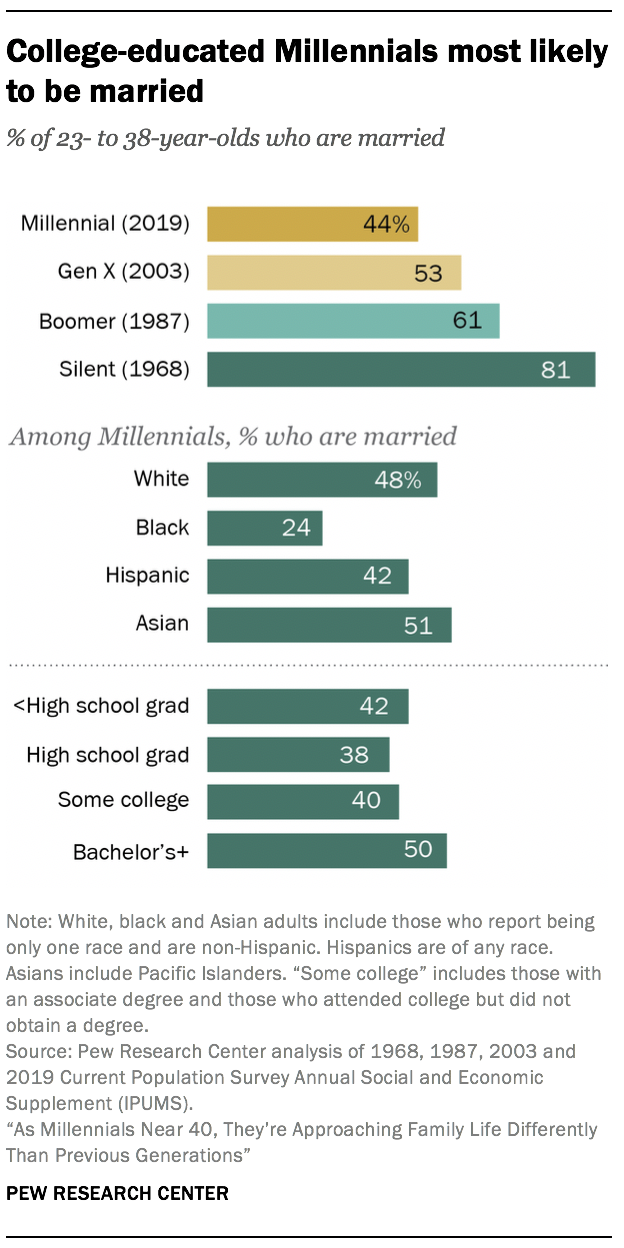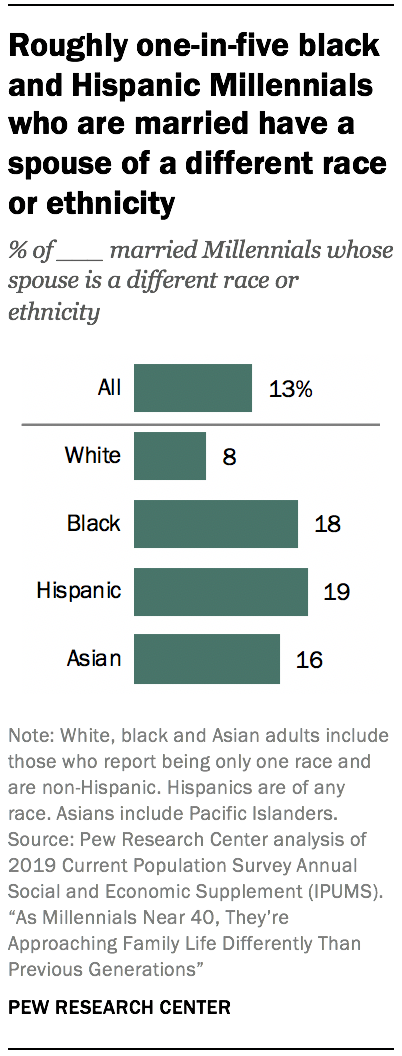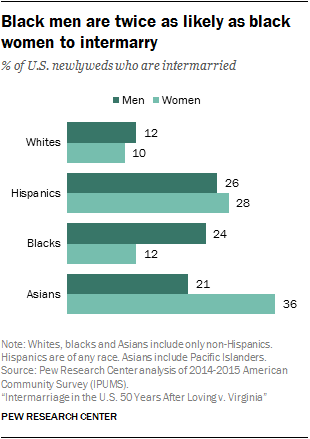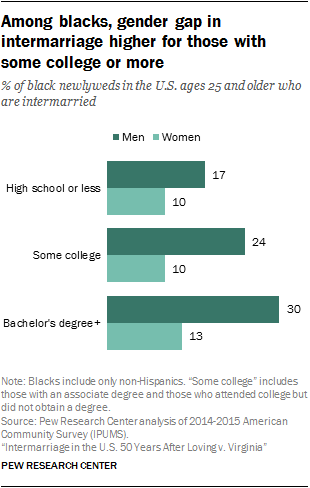Relevant articles:
1) Why Black Women Are Aging Alone
"Jennings is part of a growing number of Black women who are aging alone.
By 2060, 1 in 4 Americans will be 65 years or older, according to the Census Bureau. Gaps in the U.S. health care system mean that family members often need to provide medical, emotional and financial support to keep their elders alive. But research published in 2017 by American and Canadian sociologists shows that elder Black U.S. women face a “kin gap” — meaning they are without a partner, children, siblings or parents who are still alive — at rates higher than other demographics.
That gap’s also widening faster than for other communities — 2.2 percent of Black women and 1.7 percent of Black men were “kinless” (also called “elder orphans”) in 2015, compared to just over 1 percent of White women and less than 1 percent of White men.
These figures are projected to hit over 7 percent for Black women and nearly 6 percent for Black men by 2060. That means 1.6 million Black women — the size of Philadelphia‘s population — will be living without kin by then.
These sweeping demographic shifts have been decades in the making, say experts.
Rising rates of “gray divorce” of older couples in long-term marriages, an elevated divorce rate among same-race Black couples compared to White counterparts and lower marriage rates in the Black community are contributors. Family formation patterns among today’s older adults were shaped by mass incarceration in the 1980s and 1990s, when the prison population quadrupled, disproportionately impacting men of color. Meanwhile, the economic burden of aging alone is compounded by the wealth gap Black women have faced for decades due to systemic racism."
2) As Millennials Near 40, They’re Approaching Family Life Differently Than Previous Generations
A majority of Millennials are not currently married, marking a significant change from past generations. Only 44% of Millennials were married in 2019, compared with 53% of Gen Xers, 61% of Boomers and 81% of Silents at a comparable age.
What does marriage look like for Millennials who have tied the knot? They are getting married later in life than previous generations. The
median age at first marriage has edged up gradually in recent decades. In 2019, the average man first got married at age 30, and the average woman was 28 when she first wed. This is three years later – for both men and women – than in 2003, four years later than in 1987 and seven years later than in 1968.
Black Millennials are far less likely to be married than Millennials in other racial and ethnic groups: 24% compared with 51% of Asian, 48% of white and 42% of Hispanic Millennials. This racial and ethnic pattern is similar for older generations, but the gap between black adults and other groups has widened since 1968.
Half of all Millennials with a bachelor’s degree or more education are married, which is higher than the share among those with less education. The largest gap emerges when comparing the shares of Millennials with a bachelor’s degree (50%) and those with a high school education (38%) who are married. There’s a 10-point gap in the share married between those with a bachelor’s degree and those with some college education (40%). Some 42% of Millennials with less than a high school education are married.
The
education gap in marriage, which has been growing over time, is wider for Millennials than it has been in previous generations. Overall, marriage rates have declined since 1970, and the sharpest declines have been amongst the least educated adults.
Among married Millennials, 8% of whites are married to someone of a different race or ethnicity. The shares are higher among Hispanic (19%), black (18%) and Asian (16%) Millennials.
4
Intermarriage rates are higher for Millennials than for Gen Xers across all racial and ethnic groups.
The generational leap in intermarriage is most notable for Hispanic and black adults. The rate of intermarriage among black Millennials is nearly twice as high as that of black Gen Xers at a comparable age (18% vs. 10%).
3) Intermarriage in the U.S. 50 Years After Loving v. Virginia
Among blacks, intermarriage is twice as prevalent for male newlyweds as it is for their female counterparts. While about one-fourth of recently married black men (24%) have a spouse of a different race or ethnicity, this share is 12% among recently married black women.
There are dramatic gender differences among Asian newlyweds as well, though they run in the opposite direction – Asian women are far more likely to intermarry than their male counterparts. In 2015, just over one-third (36%) of newlywed Asian women had a spouse of a different race or ethnicity, compared with 21% of newlywed Asian men.
In contrast, among white and Hispanic newlyweds, the shares who intermarry are similar for men and women. Some 12% of recently married white men and 10% of white women have a spouse of a different race or ethnicity, and among Hispanics, 26% of newly married men and 28% of women do.
- Among black newlyweds, the gender gap in intermarriage increases with education: For those with a high school diploma or less, 17% of men vs. 10% of women are intermarried, while among those with a bachelor’s degree, black men are more than twice as likely as black women to intermarry (30% vs. 13%).
For black newlyweds, intermarriage rates are slightly higher among those with a bachelor’s degree or more (21%). Among those with some college, 17% have married someone of a different race or ethnicity, as have 15% of those with a high school diploma or less.
Intermarriage has risen dramatically at all education levels for blacks, with the biggest proportional increases occurring among those with the least education.
In 1980, just 5% of black newlyweds with a high school diploma or less had intermarried – a number that has since tripled. Rates of intermarriage have more than doubled at higher education levels, from 7% among those with some college experience and 8% among those with a bachelor’s degree.
Among black newlyweds, there are distinct gender differences in intermarriage across education levels. In 2015, the rate of intermarriage varied by education only slightly among recently married black women: 10% of those with some college or less had intermarried compared with 13% of those with a bachelor’s degree or more. Meanwhile, among newly married black men, higher education is clearly associated with higher intermarriage rates.
While 17% of those with a high school diploma or less had a spouse of a different race or ethnicity in 2015, this share rose to 24% for those with some college and to 30% for those with a bachelor’s degree or higher.










